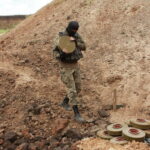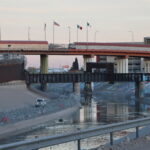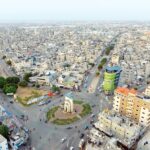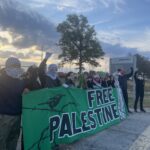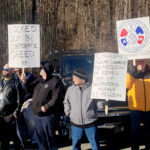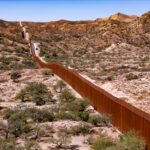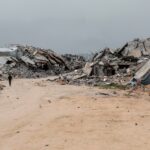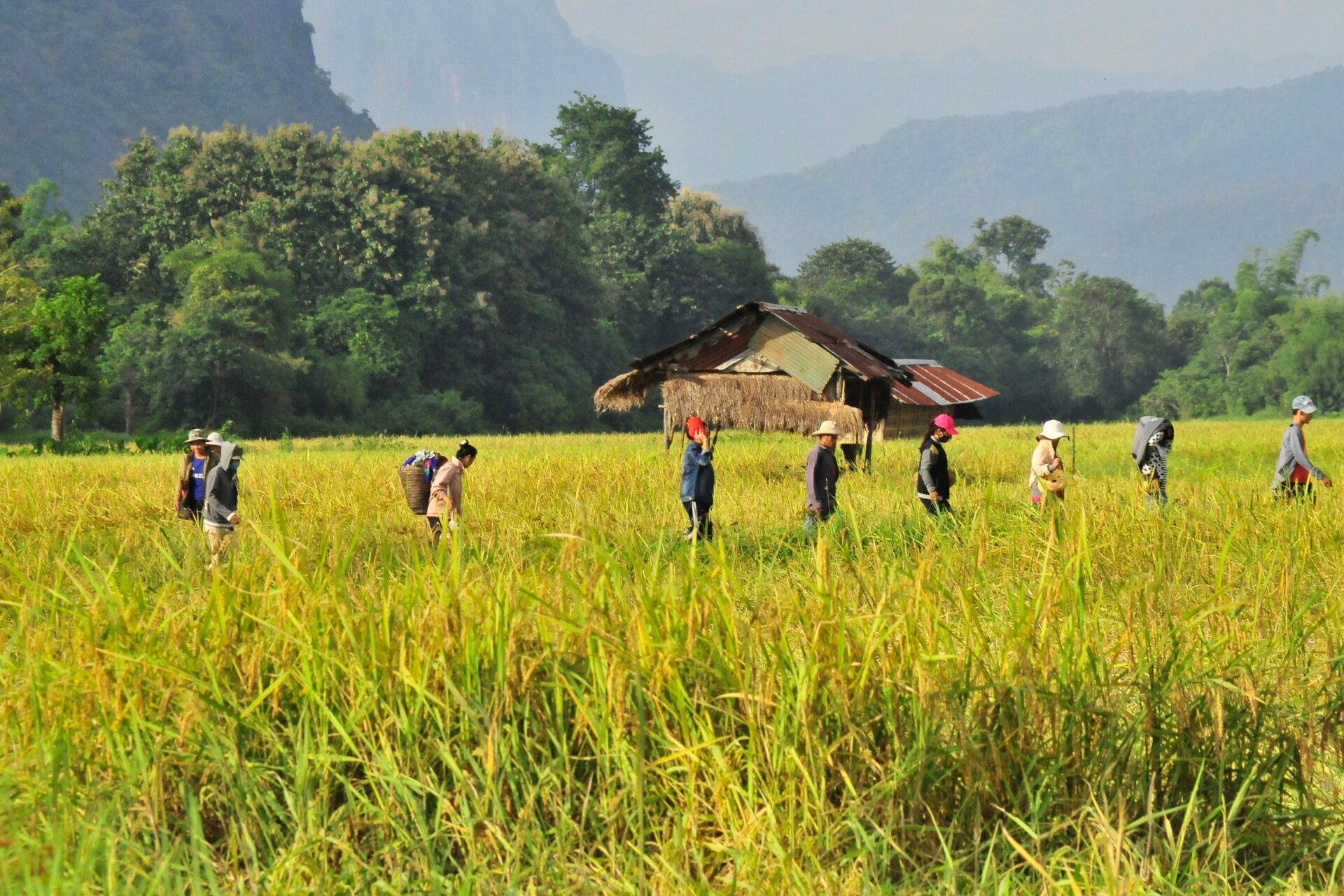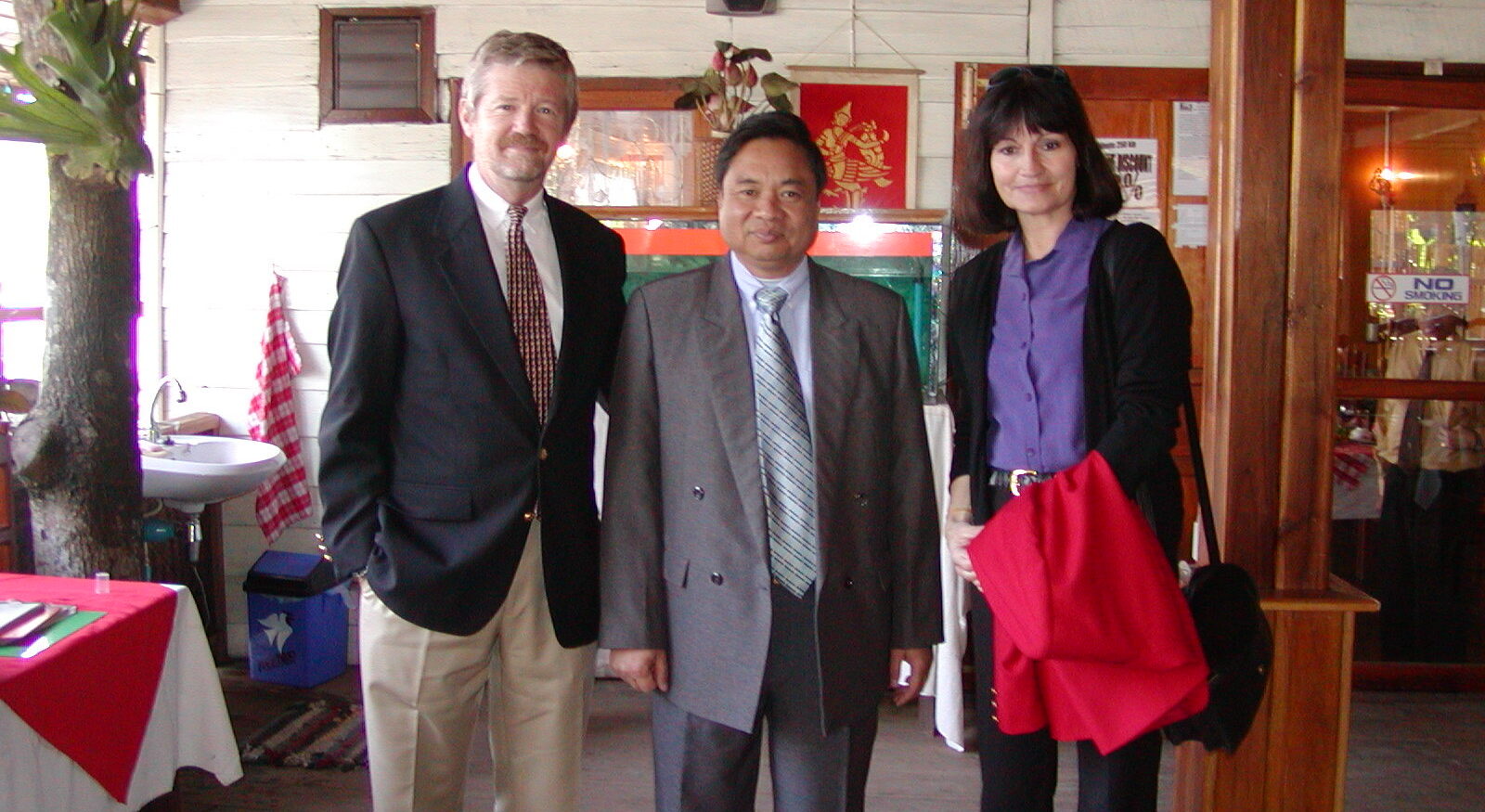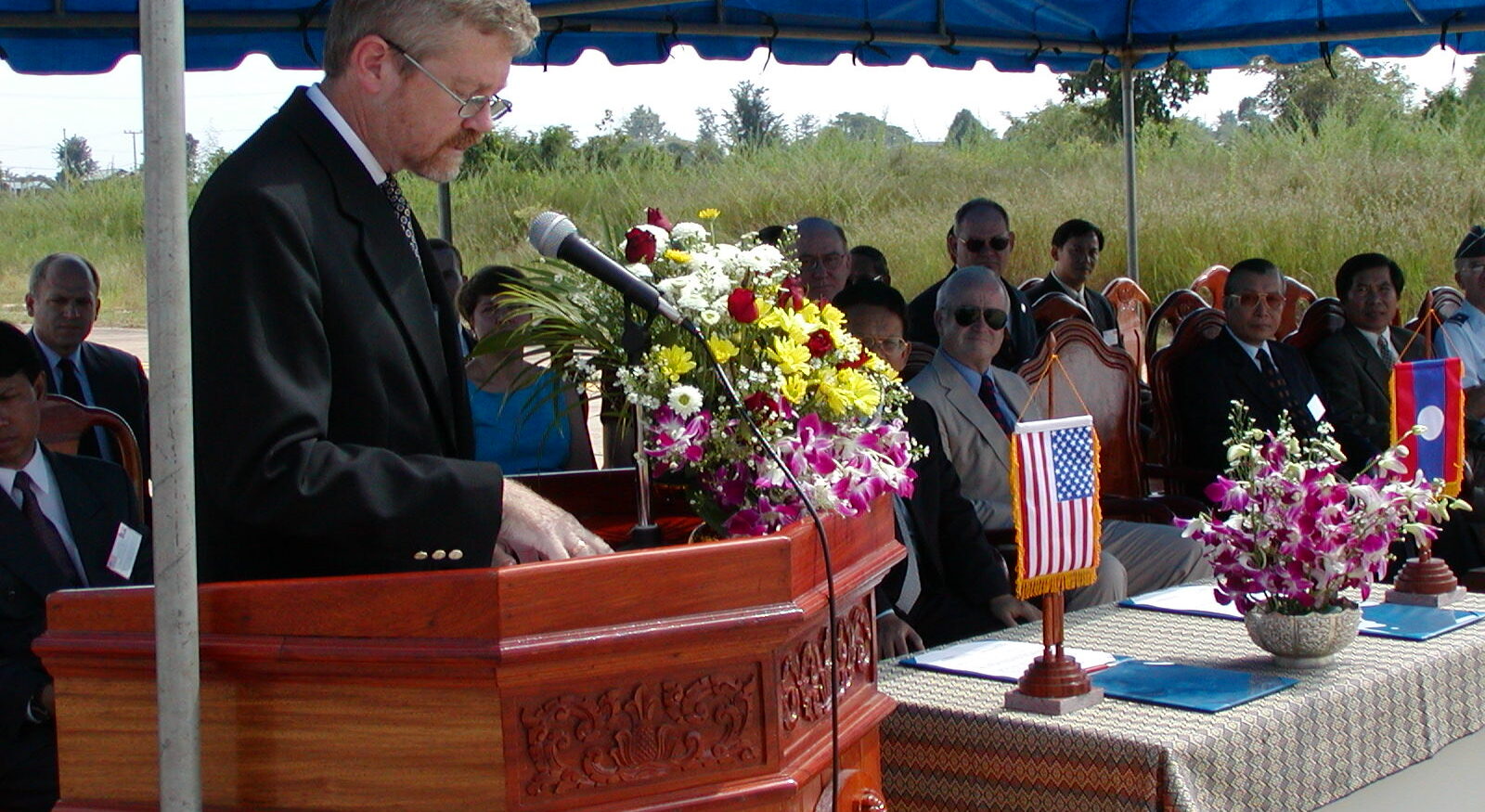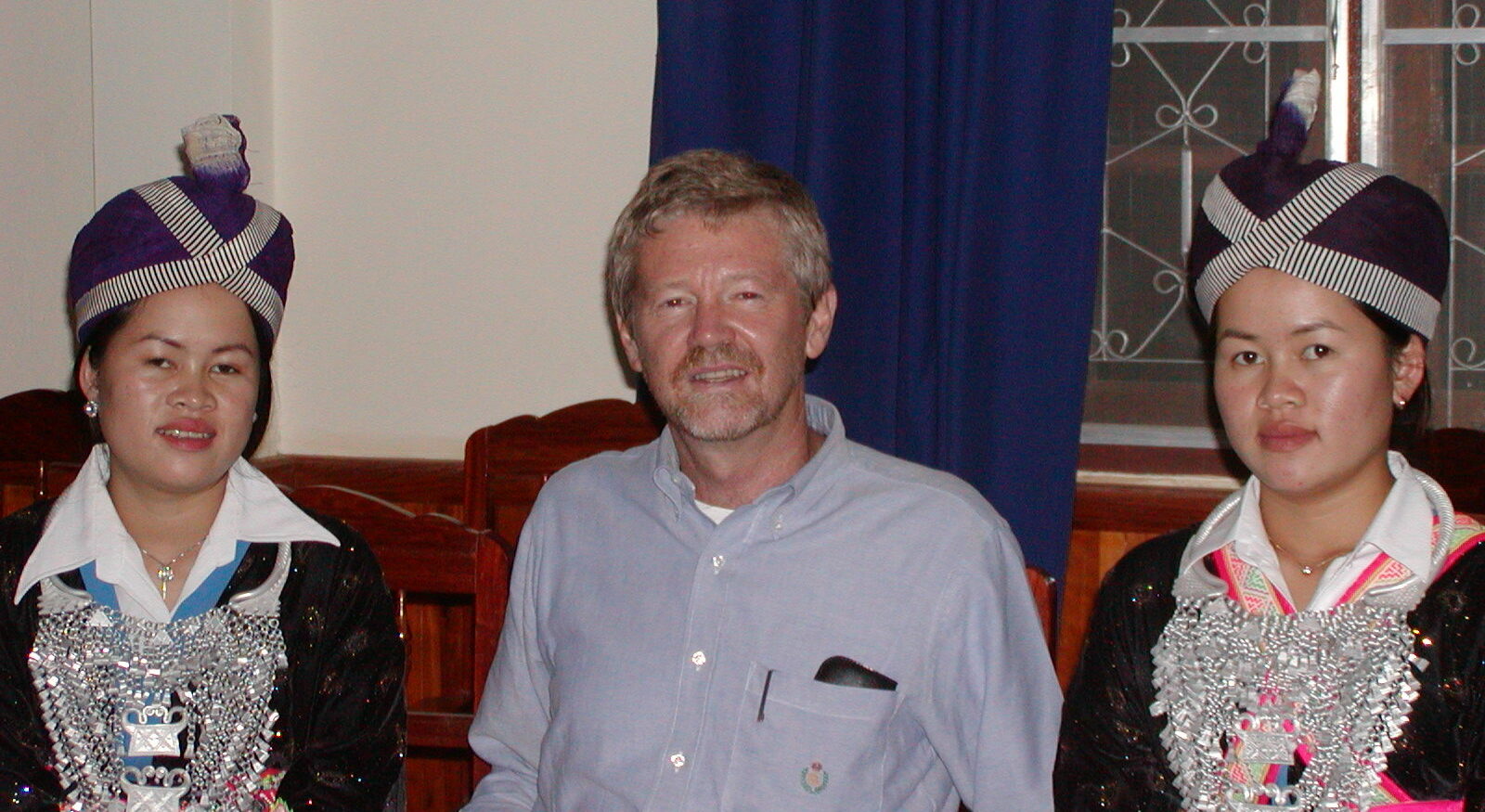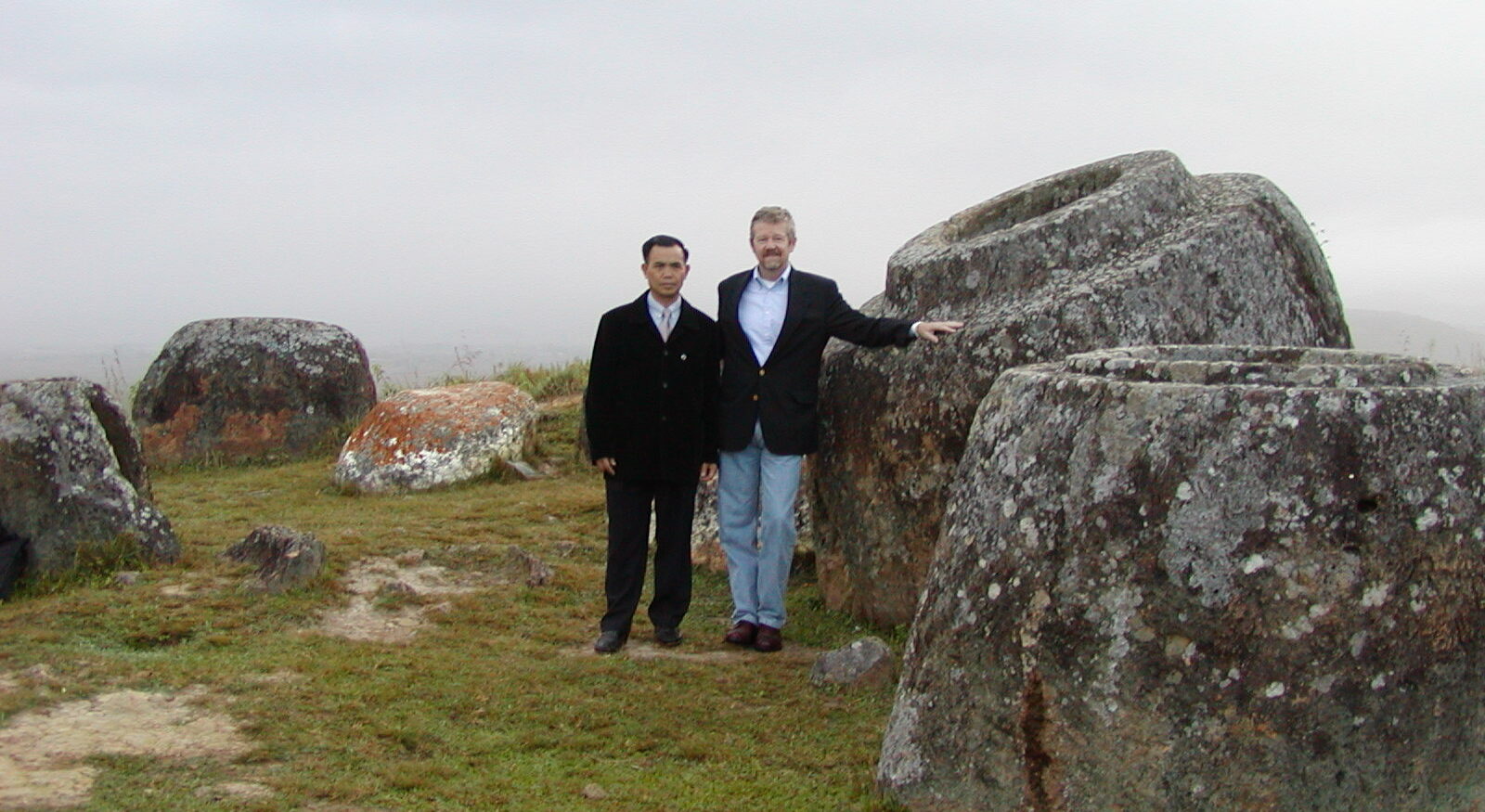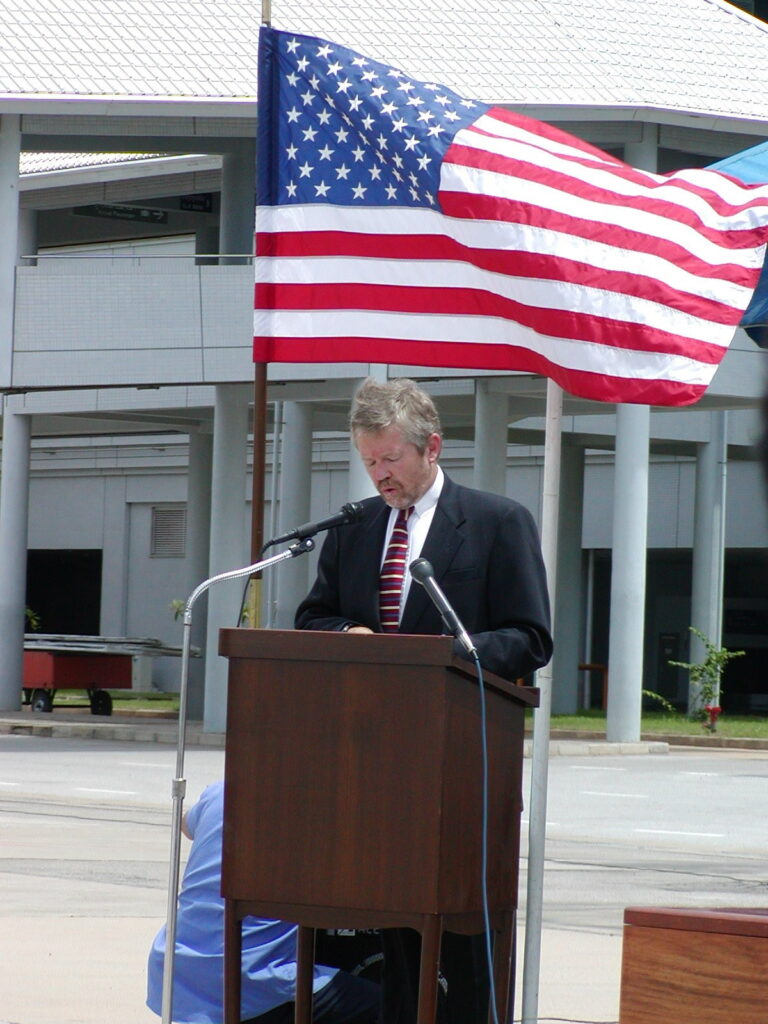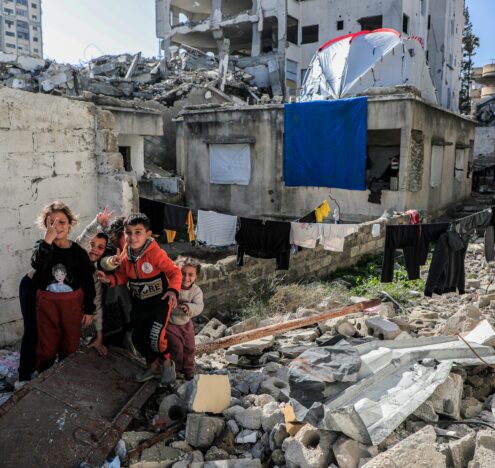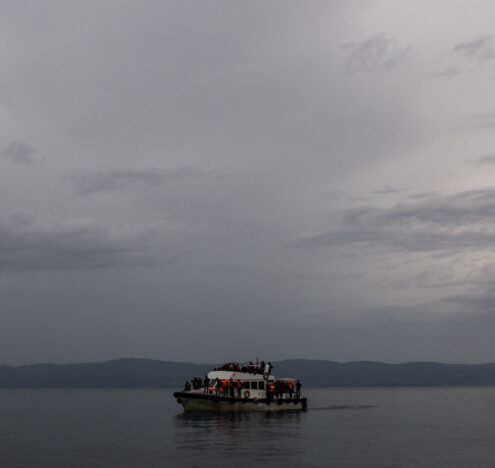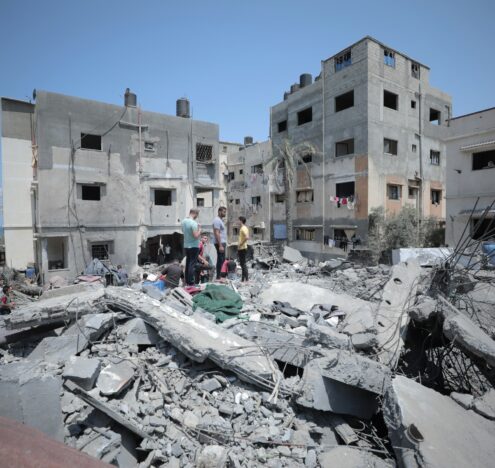When I took up my duties as the new US Ambassador in Vientiane, Laos, on Sept. 13, 2001, two days after 9/11, I, like most Americans, was in a state of shock. I was stunned by the images of destruction I’d seen on CNN, and every major news outlet. I couldn’t comprehend this horrific attack on my fellow Americans. I mourned the loss of innocent, precious lives.
When senior Lao officials welcomed me as the new US ambassador days later, they expressed their genuine sympathy about the events. One even shared, “Mr. Ambassador, the Lao people understand what it was like to be bombed.” This statement struck a chord in me. It highlighted the deep scars that were still healing from what came to be known as the “Secret War” — a parallel hidden conflict while the US waged a war in Vietnam — and its legacy in Laos.
On the 50th anniversary of the last American bombs dropped on Laos, myself and my colleagues at Legacies of War are reflecting on how much longer it will take to rid Laos of the estimated 80 million UXO left behind.
I quickly came to realize that the Secret War and its continued legacy would shape most of my three years in Laos. Decades after the guns fell silent and peace returned to a crippled nation, US relations with the government and the people of Laos still suffered from that war’s terrible legacy. There were still aging Hmong resistance fighters with their families hiding in the mountains, afraid to surrender, and their American relatives worried sick about them. The remains of American servicemembers, nearly 600 men, mostly pilots, are still missing in the Lao jungle along the Ho Chi Minh Trail. Then, there is the scourge of unexploded ordnance (UXO).
This year marks the 50th anniversary of the last American bombs dropped on Laos. Many Americans are reflecting on how and why that terrible bombing took place. Others, including my colleagues and I at Legacies of War, a nongovernmental organization, are reflecting on how much longer it will take to rid Laos of the estimated 80 million UXO left behind.
In 2001, UXO experts told me that only 1% of that ordnance had been found and removed. Only 1%? Removing UXO demanded resources, lots of resources. The US commitment to see the job through was wanting in 2001-2003. Though the United States had moved on, I felt strongly that we absolutely needed to do more. I personally visited every Lao province contaminated with UXO and clearance sites, and met with survivors and personnel clearing UXO. It was clear that this cleanup was only beginning, not at the end.
Prioritizing The Cleanup
Now as a Board Member at Legacies of War, I am glad to join their persistent efforts these past 19 years to build American awareness of the terrible legacy of the Secret War. We’ve met with scores of US Senators, members of the House, and the executive branch. We’ve met with Laotian immigrants and their children who still worry whether the United States is doing enough.
Thanks to the 2016 ASEAN summit, which brought President Barack Obama to Laos — the first US president ever to visit — Legacies of War worked hard to ensure that he and his team were aware of what danger the United States had left behind. The US government needed to make things right, which the president understood. Obama publically pledged $90 million for the next three years to assist with UXO survey and clearance efforts.



